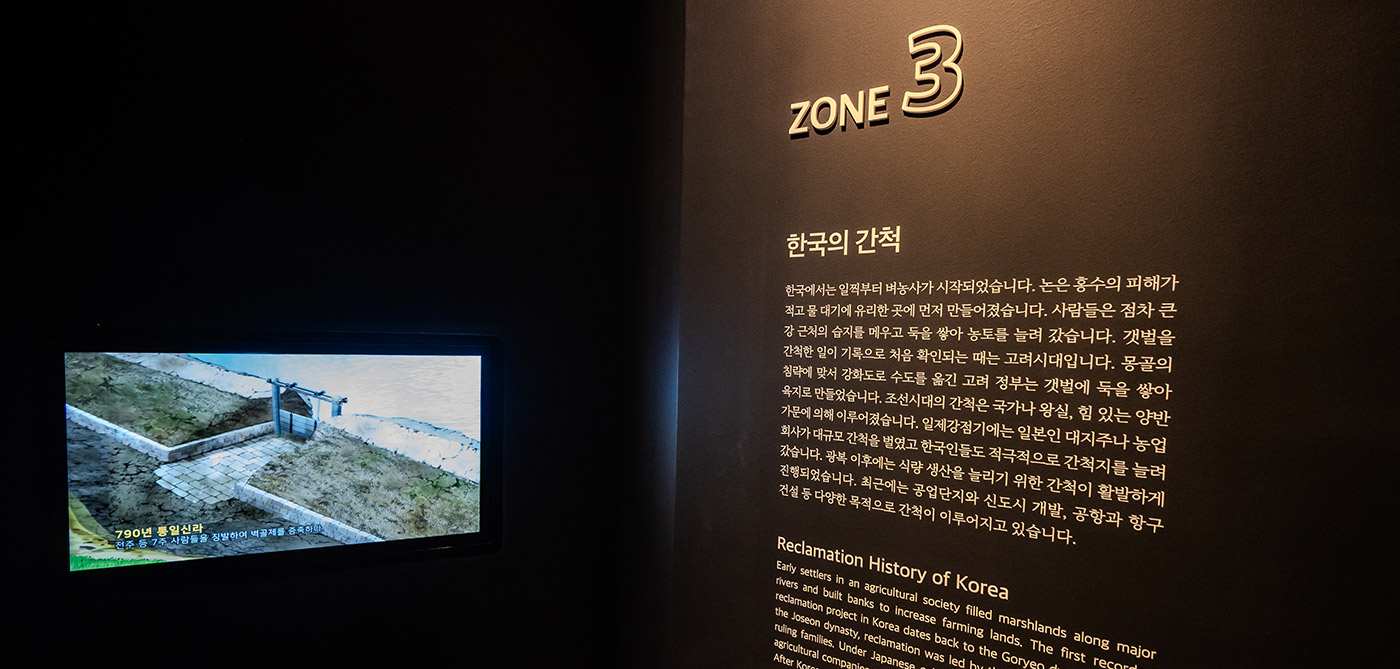
The Sea Opens Up
National Saemangeum Reclamation Museum
 Exhibition
>
Permanent Exhibition
Exhibition
>
Permanent Exhibition


 Exhibition
>
Permanent Exhibition
Exhibition
>
Permanent Exhibition
The Korea Reclamation Room is a space where visitors can chronologically explore cases of land reclamation carried out across the Korean Peninsula. From ancient times to the present, Korean land reclamation has evolved in various forms tailored to the natural environment, geographical conditions, historical context, and socio-economic situations of each era. Since ancient times, Korea has consistently been a traditional agricultural nation, where increasing population and food demands necessitated land reclamation to secure more farmland. Entering the modern era, reclamation was intensified due to urbanization and industrialization which spurred population growth and geographical concentration. Through historical progression, advancements in technology and accumulated experience have continuously refined the methods of reclamation, a development that can be clearly seen today.

Exhibition Space Guide
SCROLL
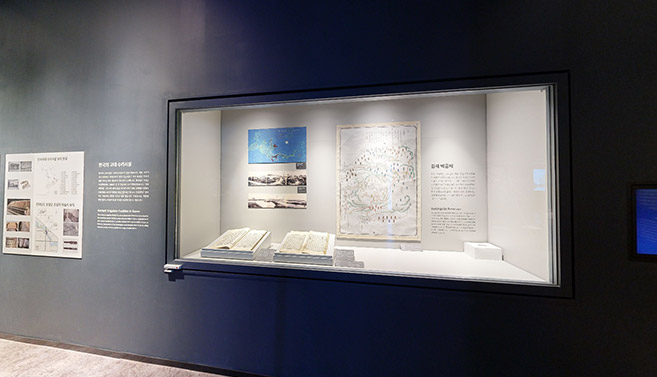
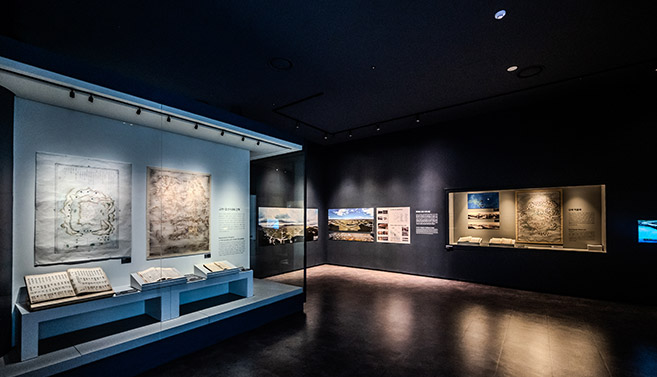
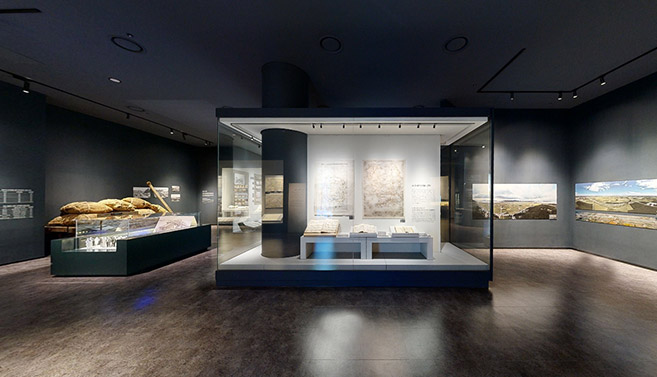
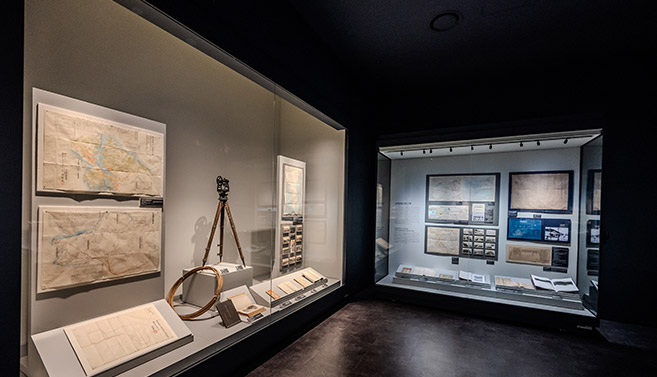
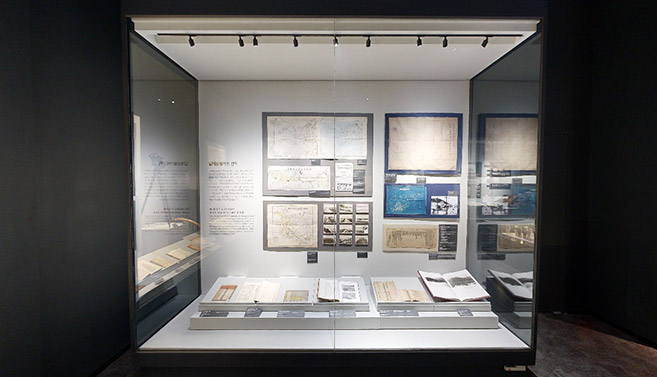
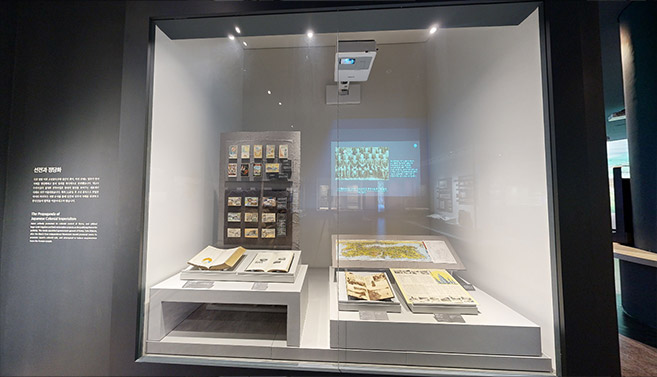
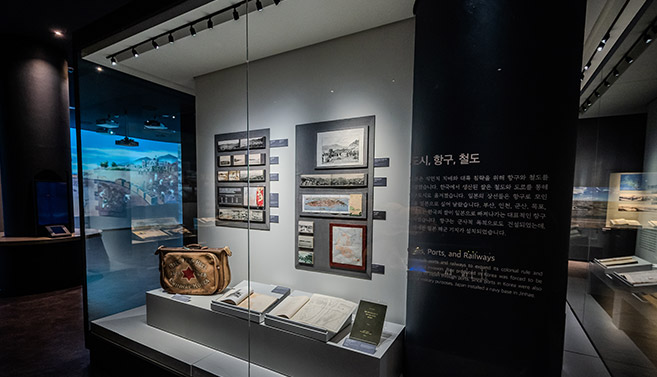
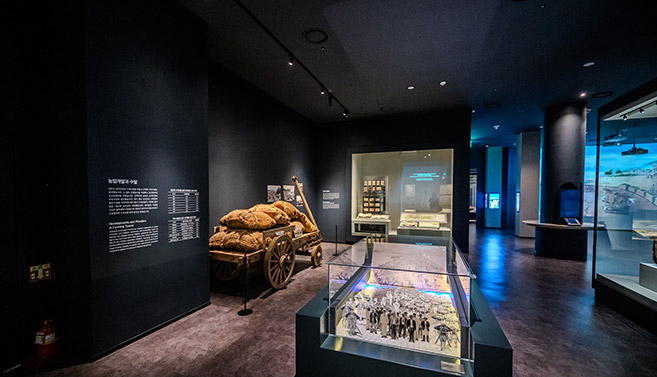

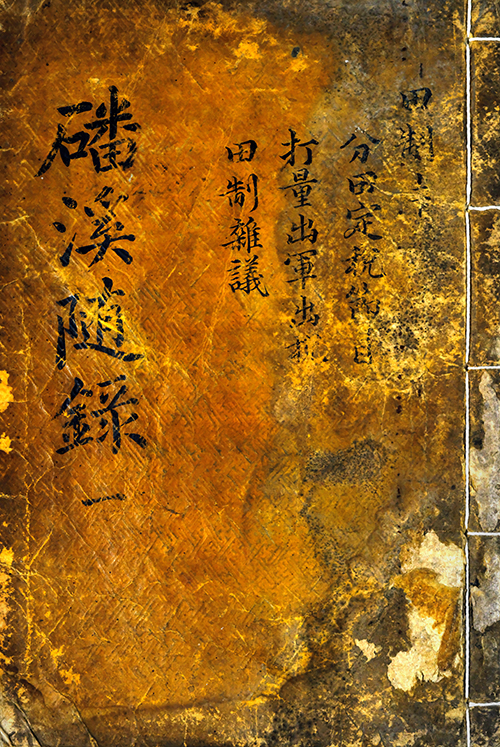
Korea, Joseon, 1770
Yu Hyung-won (1622–1673)
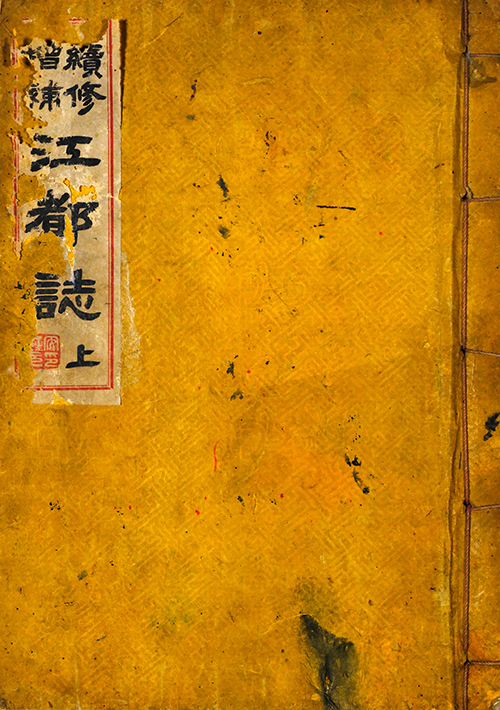
Korea, Japanese Colonial Period, 1932
Park Heon-yong (1882–1940)
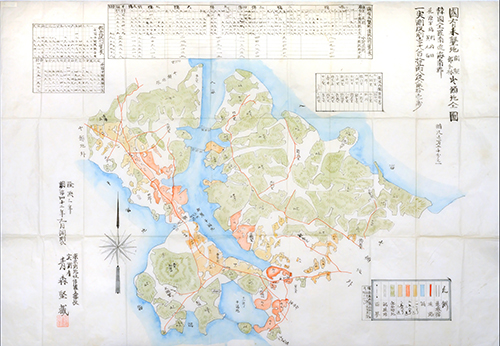
Korea, Korean Empire, 1909
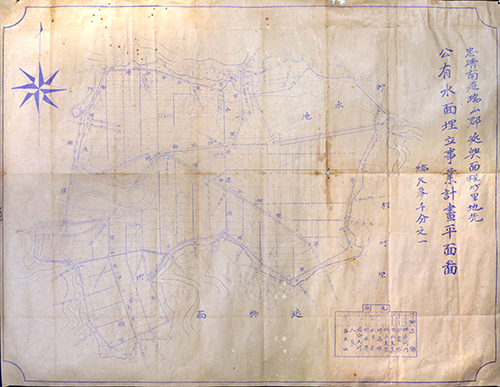
Korea, Japanese Colonial Period
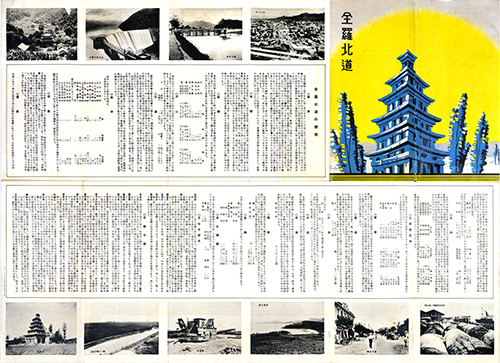
Korea, Japanese Colonial Period, circa 1930
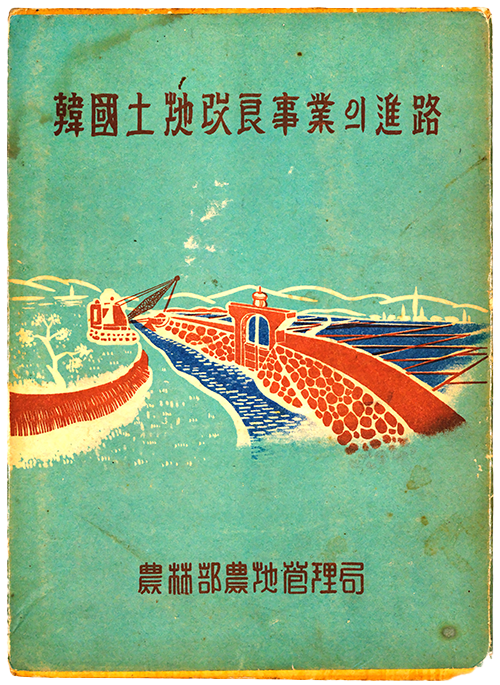
Korea, 1959
Ministry of Agriculture and Forestry, Land Management Bureau
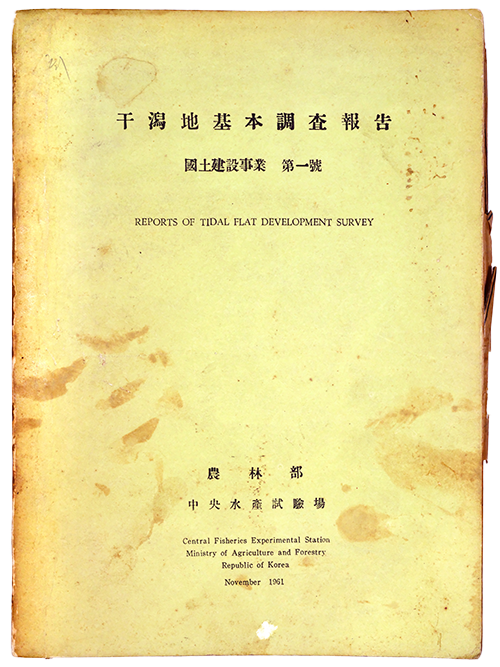
Korea, 1961
Ministry of Agriculture and Forestry, Central Fisheries Research Station
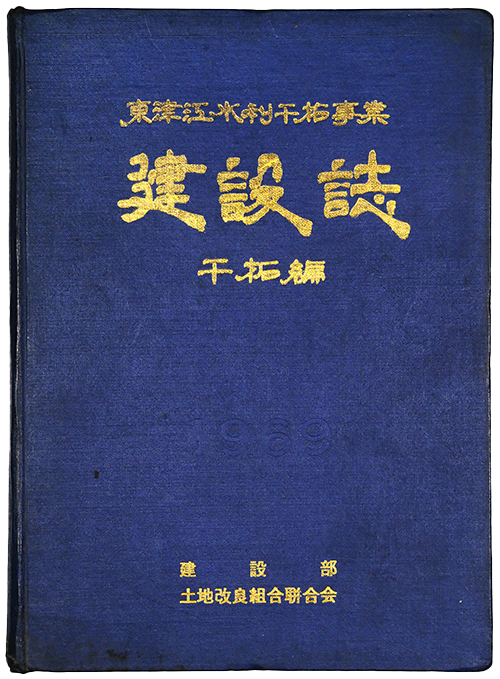
Korea, 1969
Ministry of Construction, Land Improvement Associations Federation

Korea, Joseon, 1770
Yu Hyung-won (1622–1673)

Korea, Japanese Colonial Period, 1932
Park Heon-yong (1882–1940)

Korea, Korean Empire, 1909

Korea, Japanese Colonial Period

Korea, Japanese Colonial Period, circa 1930

Korea, 1959
Ministry of Agriculture and Forestry, Land Management Bureau

Korea, 1961
Ministry of Agriculture and Forestry, Central Fisheries Research Station

Korea, 1969
Ministry of Construction, Land Improvement Associations Federation

좌우로 스크롤해서 내용을 볼 수 있습니다.
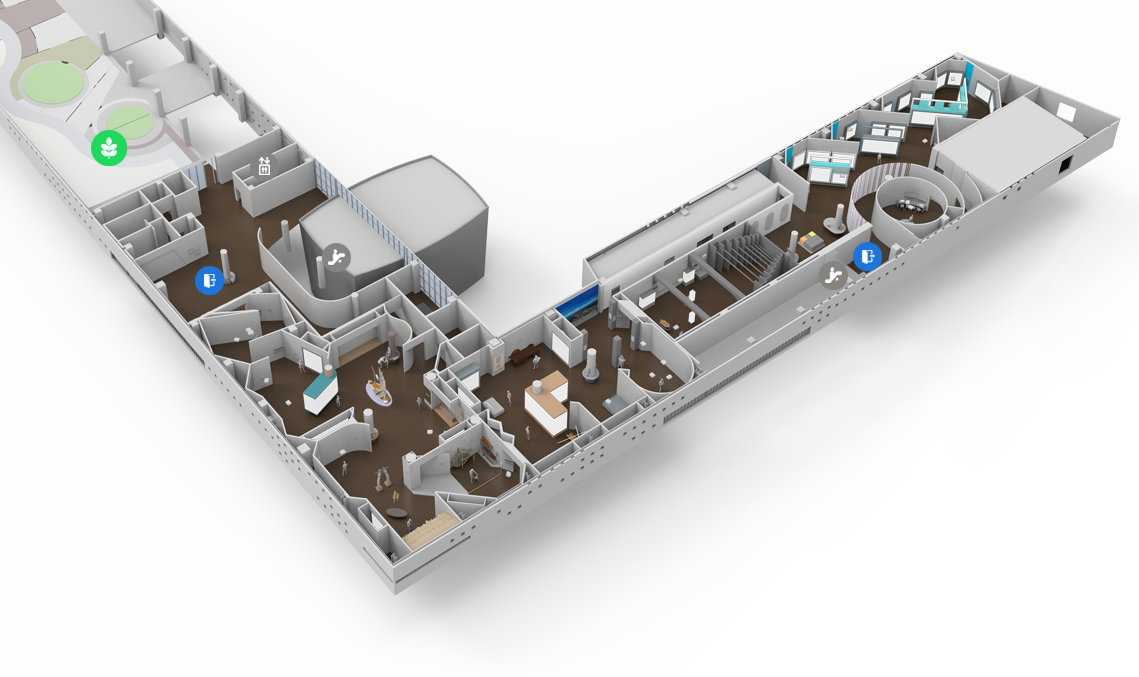

Click on each point to view information about the selected area.







